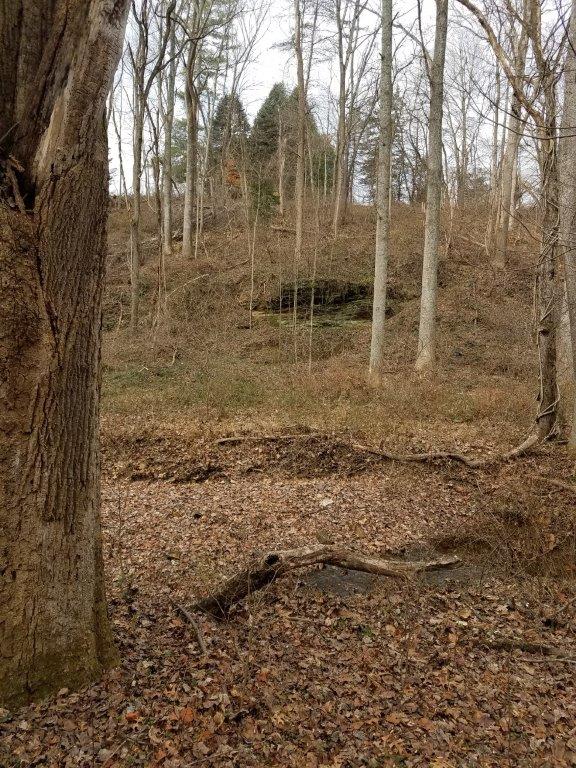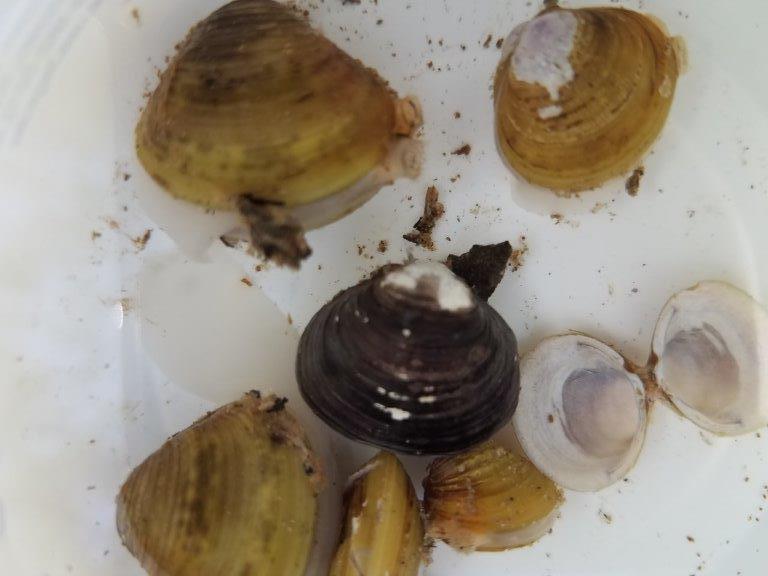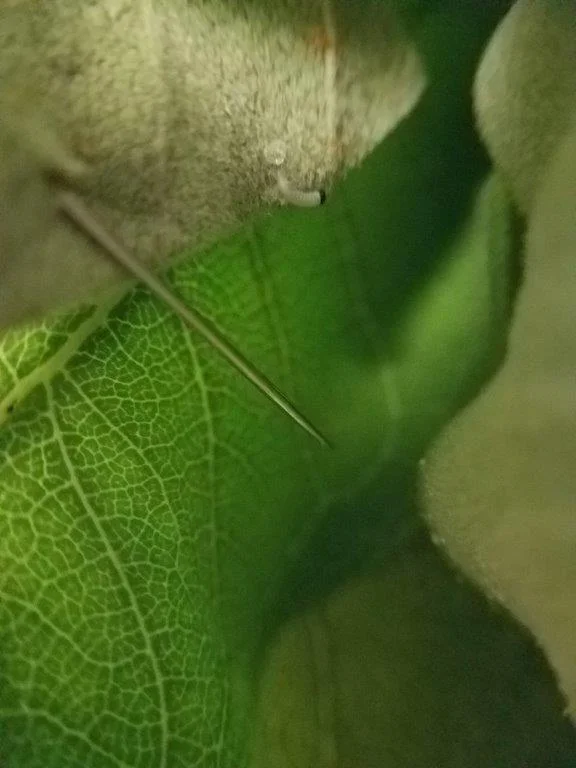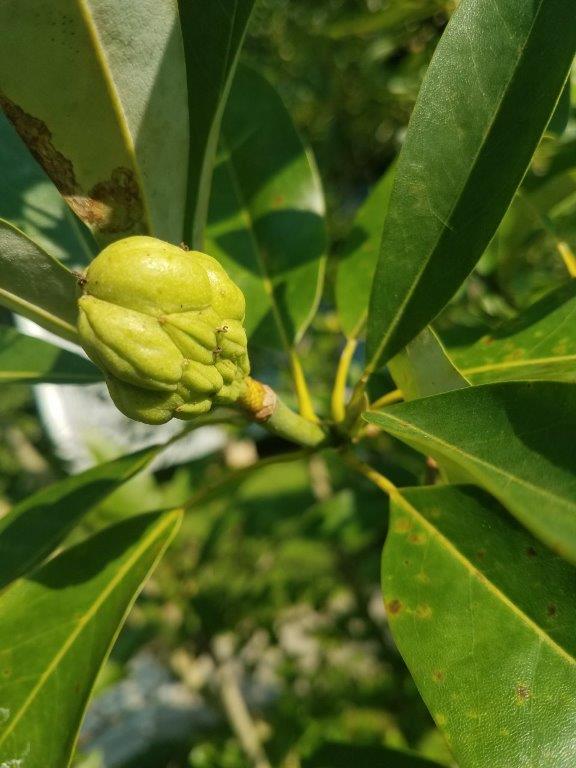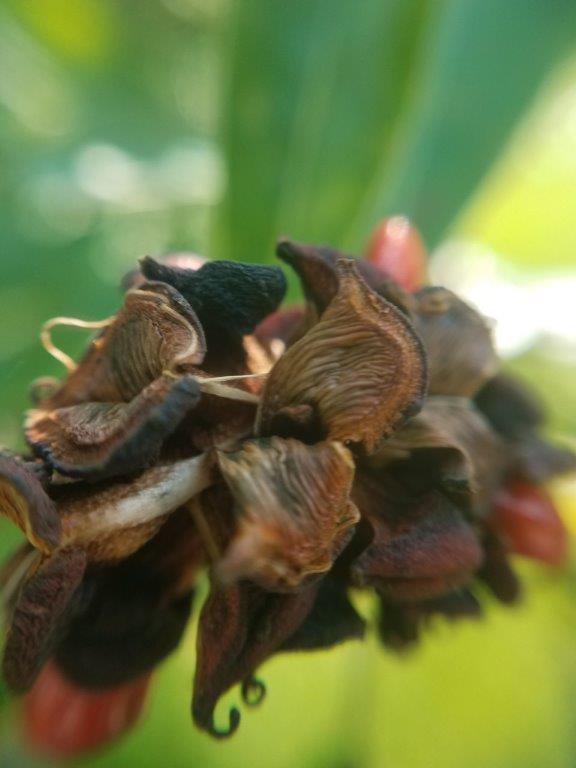Gleanings of the Week Ending August 28, 2021
/The items below were ‘the cream’ of the articles and websites I found this past week. Click on the light green text to look at the article.
The subtle influence of the moon on Earth’s weather – Tides….and a lot of complex interactions associated with them. High tide flooding will increase as the climate changes for example.
So much ice is melting that Earth’s crust is moving – When the weight of ice is removed, the land lifts upward…but new measurements show that it moves horizontally as well.
Top 25 birds of the week: Spiderhunters and Sunbirds! – Lots of colorful feathers in this group!
Pecan-enriched diet shown to reduce cholesterol – 470 calories per day is a lot of pecans more than ½ cup. I like pecans but will generally stick to about ¼ cup at a time…may skew toward eating pecans over other nuts although walnuts are a healthy choice as well.
California Drought Hits World’s Top Almond Producer – And maybe almonds are a nut that will be increasing in price…maybe driving people away from almond milk. I’ve already made my switch to lactose free milk.
Northern paper wasps recognize each others faces – Each face is unique!
Giant clams have a growth spurt – thanks to pollution – Evidently modern clams grow faster than ancient ones because of nitrates in the water. It doesn’t necessarily mean that are healthy…just that they are growing faster.
Photography In The National Parks: Fun Fact Photography, Part 2 – The post not only includes ‘fun facts’ about the National Parks – it also explains how the images were captured!
What happens to your brain when you give up sugar – A well timed article for me --- I am dramatically reducing refined sugars and artificial sweeteners in my diet (i.e., I still eat foods that are sweet like bananas). I thought the headaches that occurred in the first week of my new diet were the simultaneous reduction in caffeine but maybe they were also caused by the sugar reduction.
Watch a bolt of lightning strike the Washington Monument – The monument is on a hill and the tallest thing around…..a conduit to the ground for lightning.












